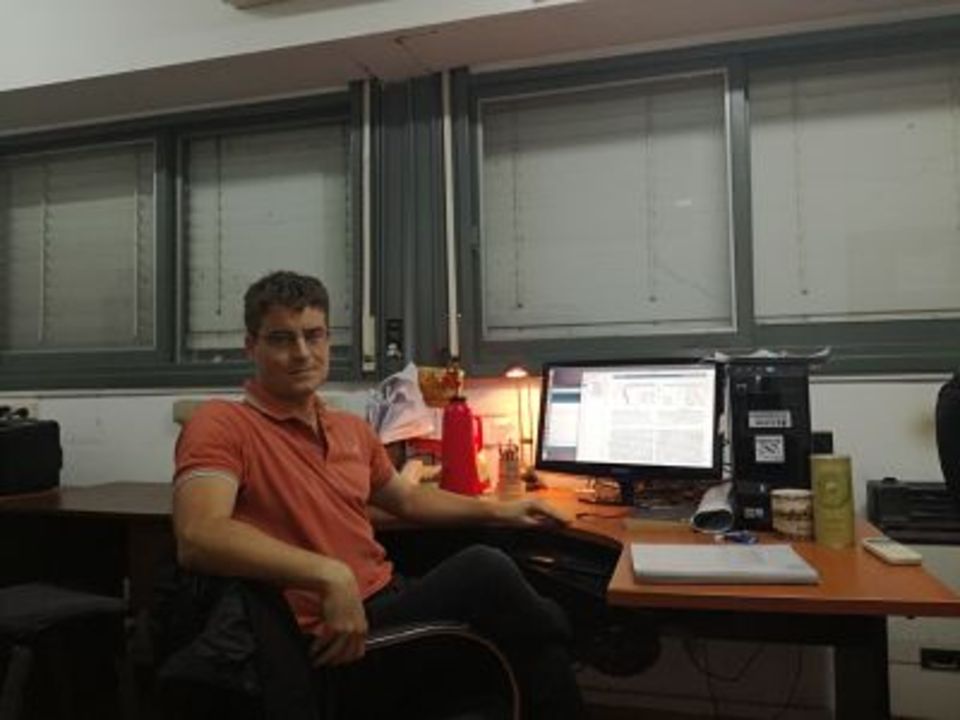Pulsations in (few, exotic) hot subdwarf stars

Yet, the evolutionary channel leading to them does not seem to be the same in all stellar populations. While in the Galactic Field half of the sdBs reside in close binaries, most hot subdwarfs in galactic clusters seem to be the outcome of single stellar evolution.
Thanks to the discovery of multi-periodic brightness variations in a significant fraction of these stars, asteroseismology has become a useful tool to constrain the internal structure of these stars and consequently their evolutionary histories.
Two main families of sdB pulsators exist, the hot rapid pulsators (sdBVr, pressure modes, with periods 80–400s) and the cold slow pulsators (sdBVs, gravity modes with periods 2500-7000s).
Pulsations in both groups of stars can be explained by the action of the kappa mechanism acting on the opacity bump due to M-shell ionizations of iron group elements. While the vast majority of pulsating sdB stars belong to these two families there exists a small group of He-rich hot subdwarfs that display anomalous pulsation properties that cannot be explained by this mechanism.
In this talk I will first review properties of hot subdwarf stars as well as the evolutionary channels proposed for their formation. Then I will describe the main properties of hot subdwarf pulsators as well as the driving mechanism behind their pulsations. Finally, I will discuss recent work we have been doing to explain the pulsations in He-rich hot subdwarfs and to test possible evolutionary channels for the formation of He-rich hot Subdwarfs.
Image source: fcaglp.unlp.edu.ar
